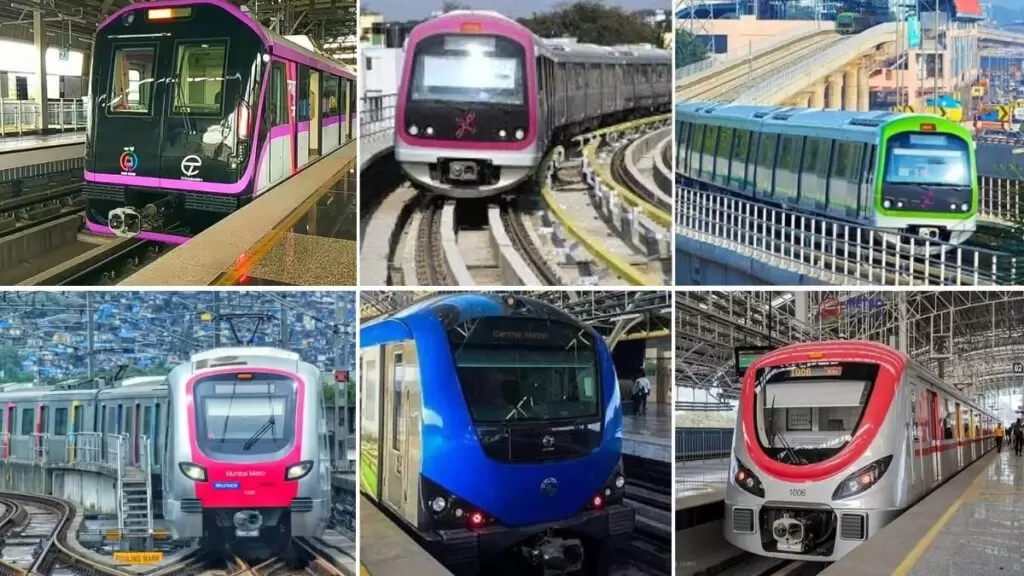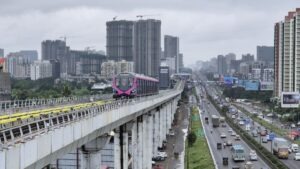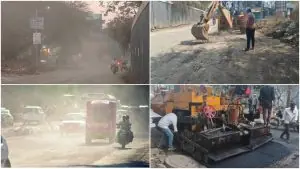India’s Metro Network on Track to Surpass the United States by 2030 to Become World’s 2nd Largest

A monumental shift is underway in the landscape of global urban transportation. Fueled by unprecedented expansion, India’s metro network is poised to overtake the United States, securing its position as the world’s second-largest system by the year 2030. This rapid growth is not just about length; it’s a transformative movement reshaping how millions of Indians commute daily.
The Numbers: India’s Meteoric Rise vs. US Stagnation
The data paints a clear picture of two nations on divergent paths. Currently, the operational metro network in the USA stands at approximately 1,389 km, while India has swiftly built over 1,008 km. However, the real story lies in the pipelines.
- Under Construction: The United States has around 34 km of new lines under development. In stark contrast, India is aggressively building over 750 km of new metro lines across the country.
- The Forecast: With this blistering pace of construction, India’s metro rail network is projected to surpass that of the US within the next 3-4 years, a goal affirmed by government officials. This will place India behind only China in the global rankings.
Transforming Urban Mobility in India
The expansion of India’s metro network is a direct response to the country’s pressing urban challenges. With cities becoming increasingly congested, the metro has emerged as a lifeline.
Before its introduction, commuters faced severe traffic gridlock, pollution, and a lack of affordable public transport. Today, the metro system carries approximately one crore (10 million) passengers every day, offering a reliable, safe, and cost-effective alternative. It has fundamentally improved the quality of urban life, reducing travel time and environmental impact.
How the Metro is Reshaping Indian Cities
The influence of this massive infrastructure push extends far beyond just tracks and trains. The development of India’s metro network is revolutionizing urban mobility by:
- Easing Congestion: Providing a swift alternative to road transport in densely populated metropolitan areas.
- Promoting Sustainable Travel: Offering a low-cost, safe, and environmentally sound mass transit option.
- Enhancing Connectivity: Linking city centers with suburbs and creating integrated transport hubs that transcend local boundaries.
Initiatives like the Namo Bharat rapid rail and the ongoing Delhi Metro Phase-IV are testaments to the government’s commitment to achieving seamless urban mobility.
Beyond Expansion: Innovations in Modern Metros
India’s ambition isn’t limited to just expanding its metro network. The country is embracing cutting-edge technology and innovative solutions. From engineering marvels like under-river tunnels in Kolkata to introducing driverless trains and unique water metro services in Kochi, India is setting new benchmarks for what a modern, efficient urban transit system can be.









